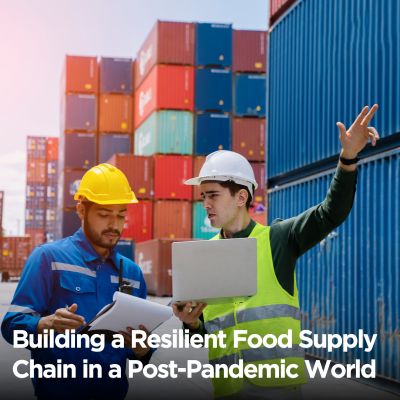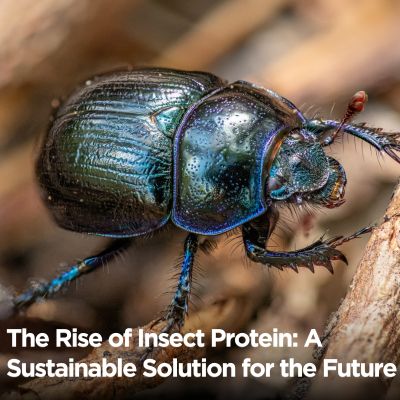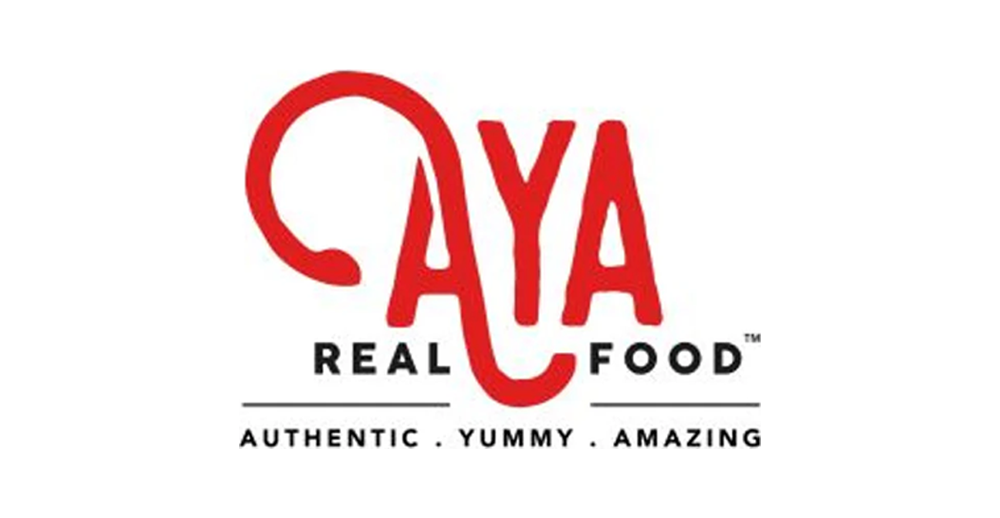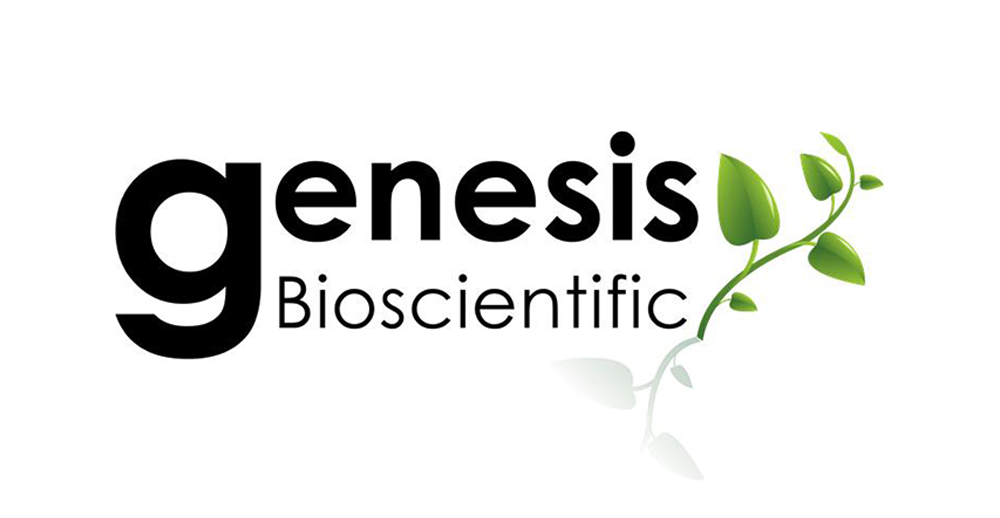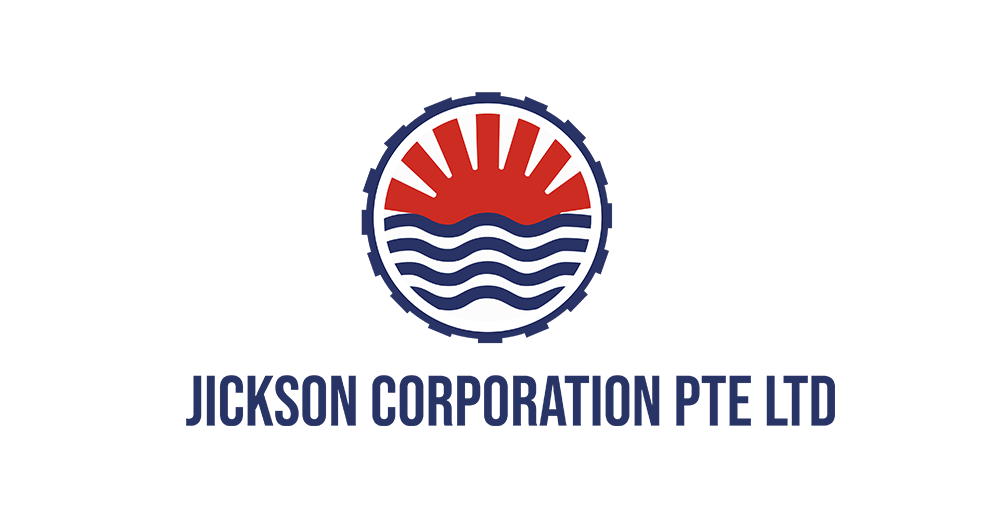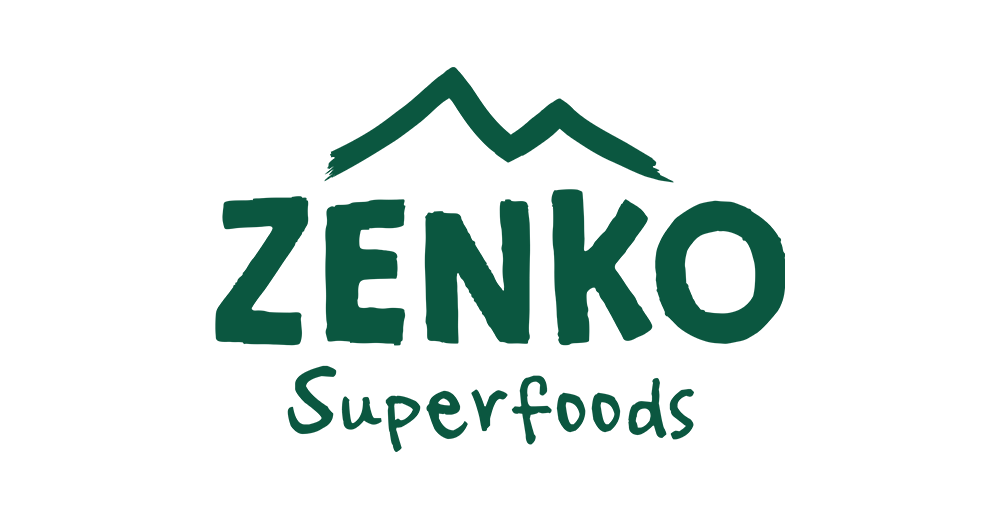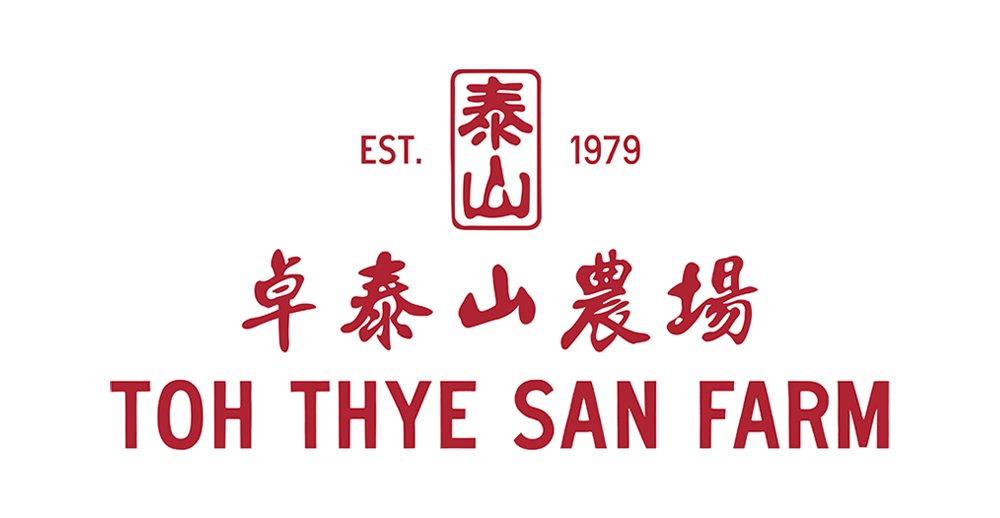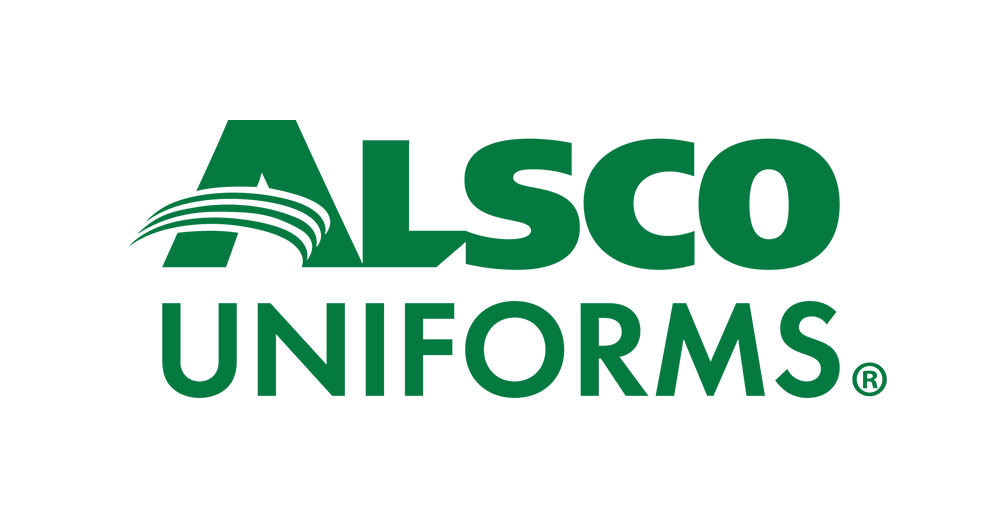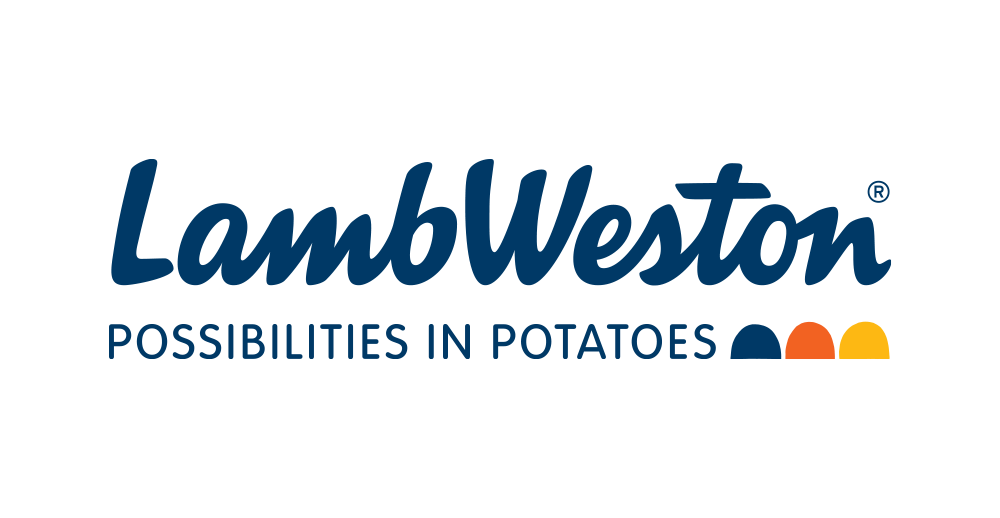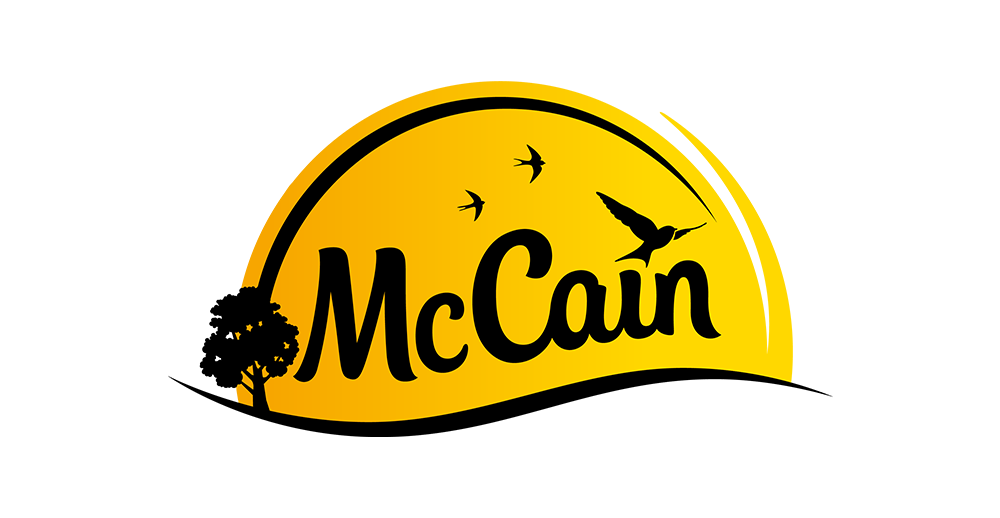Have you encountered plant-based food alternatives or something as simple as frozen food in supermarkets?
If you are wondering where such innovations come from, let us introduce you to the world of food technology and science.
It is strange to hear that technology and science have also taken over the food industry. This starts with preserving, processing, packaging, and ensuring safe food use.
You would be surprised that this field uses chemistry, engineering, and biosciences for man’s utmost benefit.
Put, food technology can drive the whole food supply chain. It has modified agricultural methods and introduced precision farming.
With biotechnology, you can expect meals with higher and measured nutritional content, which offer better protection against diseases.
Further down the food supply chain, technology in the food industry has contributed to food processing and packaging techniques. These have reduced waste through genetic modification and produced biodegradable packaging.
If you read this article as a food business owner, this new technology addresses the growing global demand for sustainable and convenient food options.
Statista reported that the worldwide food technology market was 260.07 billion U.S. dollars in 2022. However, with the rapid advancement in the demand for healthier, cheaper, and safer food products, the market is forecast to exceed 360 billion U.S. dollars by 2028.
Can you benefit from food technology?
Do you want to learn more about investing in cultured meats and functional foods that extend shelf life without compromising freshness?
Keep reading, and we will see how food technology works!
Defining Food Technology
The Fusion of Science and Culinary Arts
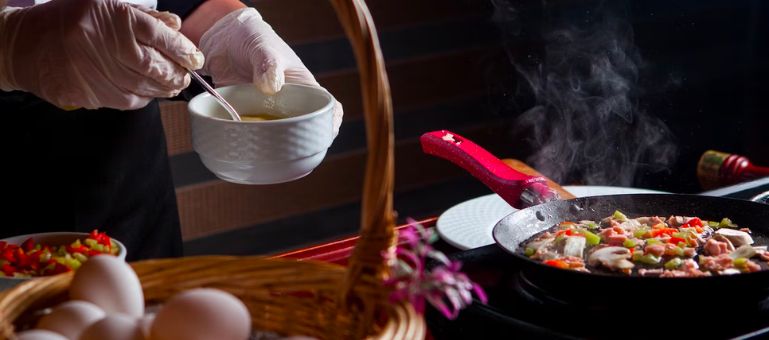
Food has been given the title of science, but what you can do with it falls under culinary arts. This means that both food technology and culinary creativity are incomplete without the other.
When food science introduces modern takes, the culinary world is encouraged to experiment with the ingredients and make newer recipes. Before chefs do this, they need to understand the concept of gastronomy in the food industry context.
If you have a knack for cooking, gastronomy teaches you to bring innovation once you understand ingredients, culinary techniques, and traditions.
Molecular gastronomy uses the essential elements of science to help experiment with the flavors and textures of the ingredients.
What is the benefit of food science and culinary arts innovating together?
The first step is bringing a new product to the market. To introduce a new food product to its rightful audience, chefs, food scientists, and nutritionists must conduct research.
It would be best to look for data on how the new product can influence the relevant sector, whether agriculture, packaging, or consumer service.
If there is a new food item or an ingredient in the market, the consumers would not be willing to test it unless it has properties that the existing product batch does not.
This is where experts believe that food technology and culinary complement each other. Simply using precision technology takes an existing product to another level.
It goes without mentioning that the end goal of any customer or food business owner is to buy ingredients that contain the highest nutritional value. This requires culinary and food engineers to create and adopt practices that improve food quality.
Applications of Food Technology

As discussed, food technology is one-way scientists understand food components. This means that the food industry should know the chemical composition of the food or have a way out to maximize nutrients.
Let’s look at some of the innovative applications of technology in the food industry:
- Food processing: This has introduced automated pasteurization and sterilization of dairy products globally. With high-pressure processing, you can eliminate bacteria and spores that contaminate the cans completely.
- Preservation: Once the food is prepared, customers are interested in knowing how quickly the food they are purchasing goes stale. Food technology offers preservation solutions based on tracking each product’s packaged date.
- Packaging: Packaging innovation involves investing in delivering the best food quality to consumers by preventing contamination. This ensures that consumers are safe and enjoy convenience while handling it.
- Sensory Analysis: Food technology employs sensory analysis to understand consumer preferences. This data guides product development, ensuring the final product meets consumer expectations.
- Nutritional Enhancement: It is impossible to ignore that technology enriches foods with essential nutrients. Expect biotechnology to facilitate genetic modification to develop crops all year round with improved nutritional content.
This integrated field of science has answers to consumer’s demand for organic origin to food products. Sit tight as we begin our discussion on the most valuable ways to
Advantages of Food Technology
Shelf Life Extension and Food Safety
After production, the shelf life of a food item determines the period for which it can be stored and consumed safely. This safety window aims at preserving the original freshness of the produce.
Fresh fruits and vegetables generally have a shelf life of a couple of days, upto a week, and require the correct refrigeration to prevent oxidation.
Dairy products, however, such as cheese and yogurt, can last two to four weeks if stored properly. Meat has the most miniature shelf life and must be consumed within a few days.
Of these, canned products and cereals have the most extended shelf life of up to five years. If the can is opened, it should be consumed within a week, or it can give rise to the overgrowth of mold and bacteria.
The food industry has invested in several practices that have contributed to the shelf life extension of food items. Initially, these investments are heavy on the pockets but produce long-term benefits for the food business and the customer.
The shelf life is at risk if there is ethylene gas exposure, constant temperature fluctuations, and if the package suffers from physical harm.
Let’s see how you can make the supply chain more sustainable and safe to consume:
1. Modified Atmosphere Packaging (MAP): MAP controls the composition of gases in packaging. This regulates oxygen levels, which, in turn, prevent oxidation and early ripening of food items. This also keeps microbial growth at a minimum, and fresh produce like meat and dairy remains fresh.
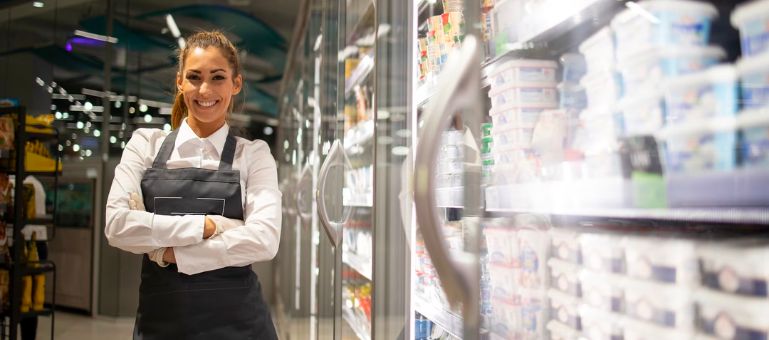
2. Temperature Control: Refrigeration and freezing automatically slow down the growth of bacteria and render enzymes inactive, thereby inhibiting chemical reactions that lead to food spoilage. This is one of the most commonly used methods to preserve food freshness.
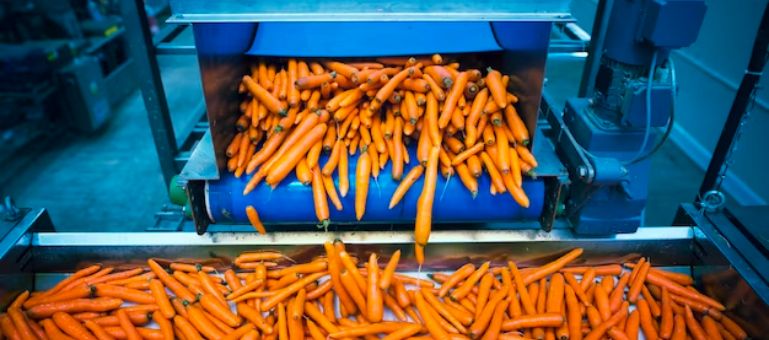
3. Hurdle Technology: As the name suggests, this involves creating a barrier between the food item and its atmosphere to keep it fresh. It combines high processing temperatures, cold storage, lowering water activity, and adding preservatives.
4. Ethylene-absorbing Labels: These small stickers, often found on fruits, are made from beeswax or sodium chloride. The sticker aims to absorb the ripening hormone ethylene the product releases over time. This is said to keep the fruits fresh for at least 14 days.
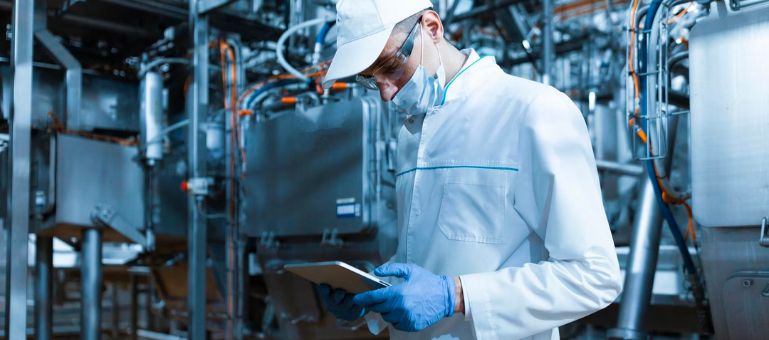
5. Pasteurization: High-temperature short-time pasteurization is a process that rapidly exposes the food to 161°F for 30 seconds and is then immediately cooled down. This kills the bacteria but preserves the taste and nutritional content of the product.
Similarly, ultra-high-temperature pasteurization heard the food to 280°F briefly, for up to 5 seconds, followed by rapid cooling. It is specially used for milk and creams, extending the shelf life by months.

6. Canning: This is a prevalent method of shelf life extension, which uses airtight containers and cans to prevent the outside atmosphere from interfering with the food particles.
To prolong the shelf life of opened cans, these are sterilized and heated to high temperatures to destroy the bacteria inside. Food items are then packed, and the can is vacuumed to seal it. This allows almost any food item to be canned, whether meat, fruits, vegetables, or soups.
The most reliable way of calculating the safe consumption period is by checking the “best before” or “expiry date” on the package or can. This gives an idea about its ideal storage.
Following the instructions on the packaging label about the proper storage helps preserve the food’s highest quality. You can also rely on sight, smell, and taste to determine if the product is safe to consume.
Nutritional Enhancement and Customization
We are very well aware that accessibility to food is not fair. Industrialized countries have access to food items with higher nutrition than developing nations.
Food scientists have been working on producing food crops with adequate levels of essential vitamins and minerals.
Fortification of crops has made it easier to provide a micronutrient-rich diet. Such crops are grown using traditional techniques with adequate fertilizers or rely on genetic engineering that breeds nutrition-high species.
Micronutrient-dense rice has increased iron storage and folate levels and lowered vitamin A deficiency. This species of rice has been beneficial in countries hit by malnourishment.
Similarly, biofortified maize has provided nutritional benefits in the form of iron, zinc, and vitamin E. Genetically altered wheat has been a game changer in reducing health risks to celiac disease individuals.
Besides this, bioengineers have worked on nutritionally enhanced feed crops for livestock and poultry.
This allows the livestock to be fed a rich amino acid diet, requiring fewer supplements. Consequently, it allows the food components to be easily absorbed by the body, improving the bioavailability.
Food science has invested in plant-based designer crops to reduce chronic diseases. These genetically modified plants are rich in omega-3 and antioxidants, contributing positively to cardiovascular health.
Food technology provides a variety of nutrient-dense snacks and alternative protein sources to replace animal-based proteins. This lets consumers tailor their dietary preferences to address health concerns and nutritional deficiencies.
Transforming Food Production
Automation and Streamlined Processes
The influence of busy lifestyles has given way to machine learning and automation in the food industry. Popularly called food robotics, the market is growing exponentially at % Compound Annual Growth Rate (CAGR) of 12.80%.
The future of the food industry, be it supply chain, food delivery, or manufacturing, will be shaped by AI. This is instead of the growing population and their need to
Starting from the first step of harvesting, bioengineers are using precision agricultural practices that regulate soil health and time water use.
Drones and robots are being used to monitor crops. These are beneficial in identifying crop diseases for immediate intervention on a large scale.
Since machine learning tools are based on data analytics, the algorithms can forecast growth and crop yields for the year. This allows the business owners to regulate the market presence accordingly.
The process of food manufacturing is as follows. It is based on a complex processing, cooking, and manufacturing chain. Relying entirely on a human task force can be detrimental to food business owners as it is prone to delays and errors.
Automated sensors with cameras are used to sort and grade the produce received from farms.
This allows fruits and vegetables to be sorted automatically based on the size. Similarly, robotic arms precisely cut meat, vegetables, and fruits in equal pieces and consistency.
Large-scale industries have invested in automated packaging lines. The staff had to make containers and manually pack each product without this.
This technology can fill, seal, and box the product in the container based on its weight sensor. This allows the system to detect anomalies and keep the quality control check running.
AI has been beneficial in receiving items from the warehouse and delivering the final products to storage. It provides real-time updates of inventory levels and sales, constantly tracking products till distribution.
Another aspect of the food industry that AI heavily influences is food delivery. As a result, multiple countries and brands have tested food delivery with drones. While this is still in the works, there is no doubt that the future of the food industry is rapidly progressing.
Sustainable Practices and Waste Reduction
When we talk about sustainability in the food industry, it is based on three significant aspects. These include considering the effect of food practices on the environment, economy, and social scale.
Food technology has promoted vertical farming, which aims to use minimal land area in populated areas, reducing carbon footprint.
Similarly, circular agricultural practices have emerged. These turn food waste into green fertilizers to be used further in farming practices. Since the fertilizer is derived from cacao, there is minimal risk to water sources and promises a healthier soil.
Food manufacturers are recommended to use renewable energy sources, such as solar and wind, to drive industrial processes.
At the same time, the food packaging industry produces non-biodegradable waste. Implementing recycling programs and using recyclable packaging minimizes the impact on the environment.
Sustainable practices with food technology allow consumers to make food choices with a positive environmental impact. Additionally, in case of a surplus, partner with food banks and organizations to donate and help those in need.
Influencing Consumer Experience
Convenience and Accessibility
Food technology has significantly improved customer expectations with online delivery platforms such as mobile applications and intelligent appliances.
Since the COVID-19 pandemic, food delivery options have connected consumers with restaurants. These delivery websites and platforms are easily accessible via cell phones.
Customers can explore menus and order meals from the comfort of their homes. Customers can track their orders online in real-time and provide feedback through ratings.
Similarly, mobile apps for grocery stores have emerged, which allow customers to create shopping lists, compare prices, and buy groceries.
Technology has not just taken industries by storm. It has also brought automation to everyday kitchens as well. Intelligent ovens and induction cooktops allow consumers to enjoy appliances that adapt to the usage pattern.
Personalized Culinary Experiences
Food science and technology have played a role in personalizing culinary experiences. Restaurants have been using data analytics to understand consumers’ preferences, dietary restrictions, and ordering patterns.
Machine learning algorithms have allowed food business owners to tailor menus to resonate with the customers’ tastes. Customers also receive personalized menu recommendations based on past choices.
Consumers can make healthier choices with mobile applications that provide balanced meal plans and set nutrition goals.
They can follow step-by-step instructions and watch cooking video tutorials to try new recipes. These apps offer suggestions for ingredient substitution based on the availability of the products in the nearby grocery shops.
Customers prefer apps that offer nutritional advice and recipes tailored to their health conditions, age, and workout routines. This cultural shift is redefining the food industry.
Conclusion
The impact of food technology extends from the harvesting field to producing and packaging food in a sustainable way that empowers the consumer.
Are you ready to align your food business practices to include bioengineered solutions?
It is time that you become a part of the product revolution that uses genetically modified Ingredients to maximize nutrition and reduce waste. This ensures that you keep to the community preferences based on health risks and micronutrient requirements.
Food technology aims to extend the shelf life of the available products with practices such as canning, pasteurization, and hurdle technology that reduce pathogens.
At the same time, it requires using sustainable energy sources for a positive social and environmental impact.
Invest in food and science technology solutions and set an uphill trajectory in the culinary industry!


